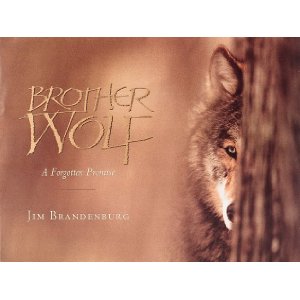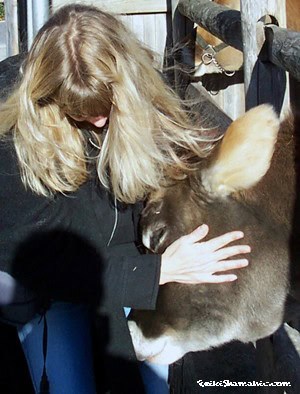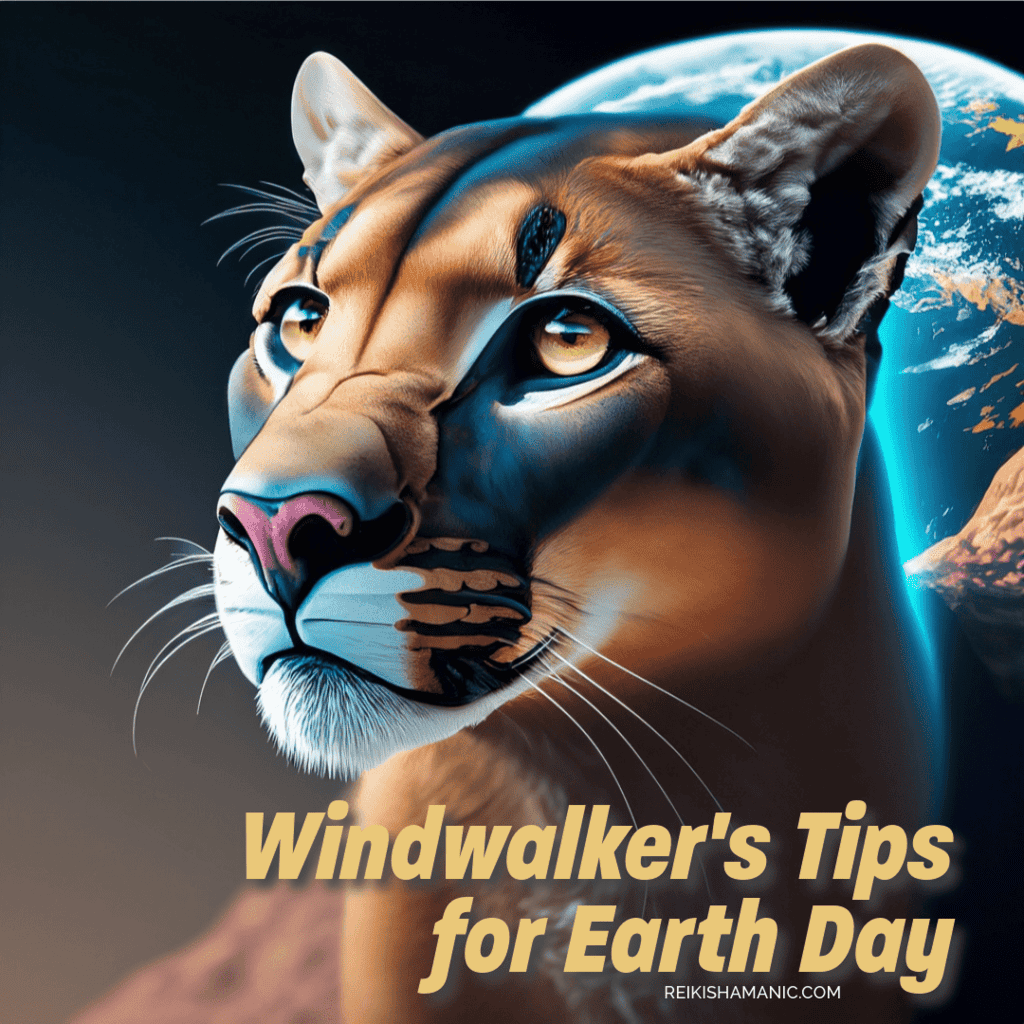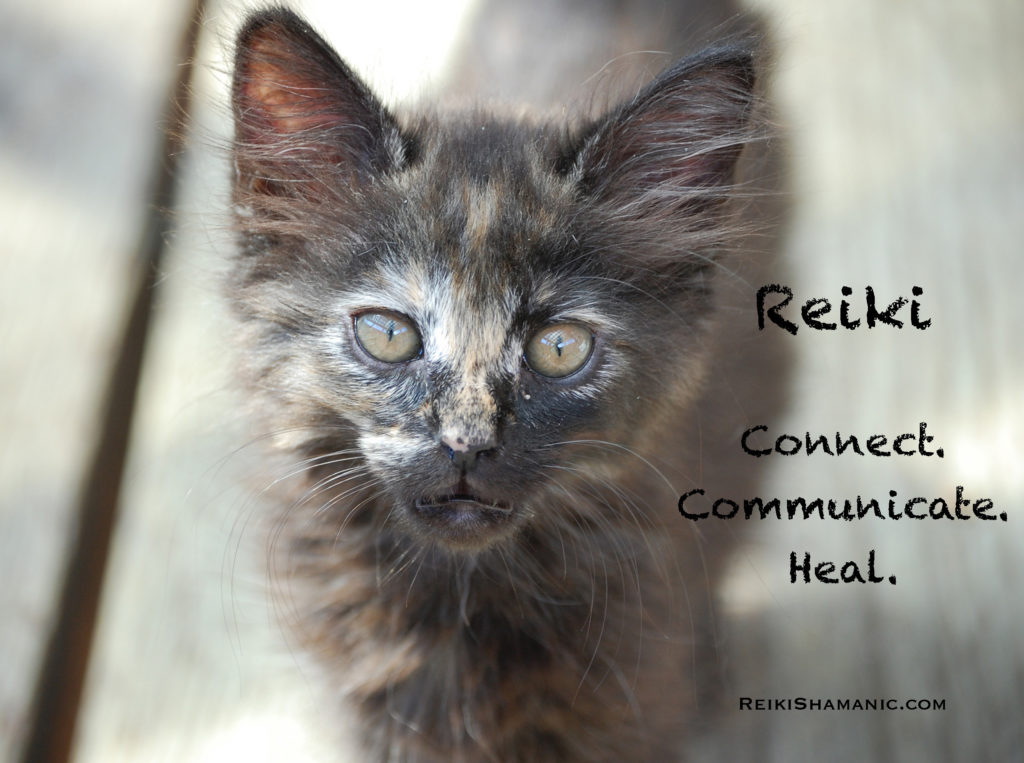
Spirit’s Reading List, Part 1
Few know that A Walk on the Wild Side: Answering the Call of the Wild takes quite a bit of personal preparation. Not only must I do some very deep personal work, I also find myself enrolled in the school of Spirit where the curriculum consists of preparatory experiences, energetic connections to land, monuments, places, animals, and of course, reading materials and homework.
After two years of conducting the WWS ceremonies I’m starting to see a pattern emerge related to the energetic focus of the event.
In 2010 it was the politically charged war on wolves, and since I had little prep time for the first event (it came together in two months) most of what was sent my way were current news articles and one amazing book. Brother Wolf: A Forgotten Promise by Jim Brandenburg contains beautiful photos and narrative that powerfully evokes the ancient connection between man, wolf, and raven.
 The second year the focus shifted to the history of the bison and the Native Americans, and how the deliberate near-annihilation of the buffalo by the U.S. Government almost resulted in the elimination of the Native American peoples. I highly recommend reading American Buffalo: In Search of a Lost Icon by Steven Rinella which neatly gathered together a lot of the history and energy we brought to ceremony that year.
The second year the focus shifted to the history of the bison and the Native Americans, and how the deliberate near-annihilation of the buffalo by the U.S. Government almost resulted in the elimination of the Native American peoples. I highly recommend reading American Buffalo: In Search of a Lost Icon by Steven Rinella which neatly gathered together a lot of the history and energy we brought to ceremony that year.
Preparation for WWS 2012 began before Thanksgiving last year, which should have been my first clue that Spirit was going to have me hitting the books in earnest.
 Generally speaking, I do not enjoy reading non-fiction, especially history. When I visit the library I usually gravitate to the new fiction section since I find it a nice escape from the intensity of my daily work. I was on my way there when my head turned, and I found myself compelled to pick up this one book. Apparently Spirit had selected the Mayflower: A Story of Courage, Community, and War for my reading list. Despite being extremely well-written, Mayflower has proven to be a difficult book for me to finish. To read it from a shamanic perspective is to step back in time and energetically and emotionally FEEL the events, and that is hard. But finish it I will, since I am being told it is core to this year’s ceremony.
Generally speaking, I do not enjoy reading non-fiction, especially history. When I visit the library I usually gravitate to the new fiction section since I find it a nice escape from the intensity of my daily work. I was on my way there when my head turned, and I found myself compelled to pick up this one book. Apparently Spirit had selected the Mayflower: A Story of Courage, Community, and War for my reading list. Despite being extremely well-written, Mayflower has proven to be a difficult book for me to finish. To read it from a shamanic perspective is to step back in time and energetically and emotionally FEEL the events, and that is hard. But finish it I will, since I am being told it is core to this year’s ceremony.
Mayflower tells the story of the Pilgrims before, during and after their voyage to the New World (now the U.S.) including their interactions with the local indigenous people, and it does so from an unbiased viewpoint. And that means the story that unfolds is not the highly sanitized one we all were taught as children.
What emerged was a picture not only of how what began as a promising positive relationship between the new settlers and the Native Americans turned sour, but also a clear indication of exactly when/where/why the energy of this land shifted from mostly respectful of All Our Relations to a consumeristic, non-sustainable, and destructive way of life. In short, shamanically speaking, Spirit gifted me with a vision of how we could energetically shift things for a more positive future. And the participation of the animal ambassadors at Earthfire Institute is crucial; the healing cannot take place without their assistance.
My schooling does not occur only at the library. Spirit has a long energetic reach; one that encompasses the internet. Entering the domain of Amazon.com has become fraught with danger to my bank account. Initially on my last visit I intended to purchase one book and left $175 poorer. I told Spirit that I want my own expense account if this is going to keep happening.
If you would like to follow along and see if you can discern the pattern that will be incorporated into the ceremonies (or simply enjoy a good read), here are two of the books I have had to read since January.
 Never Cry Wolf: Amazing True Story of Life Among Arctic Wolves by Farley Mowat
Never Cry Wolf: Amazing True Story of Life Among Arctic Wolves by Farley Mowat
In 1963, almost 50 years ago, Farley Mowat published a book destined to become a classic in naturalistic literature. Written with dry humor that spares no one’s ego, including his own, Never Cry Wolf dared to share the truth about Mowat’s interactions with the wolf family that accepted him, a stance that refuted the popular viewpoint of wolves as vicious killers responsible for the decline in the caribou population. With occasional help from the indigenous Eskimos, and a lot of help from the wolves, he proved that the decline of the caribou was due to man—perhaps the first scientific proof of something that indigenous people and wolves have known for eons. Crucial information that political factions have yet to accept as a basis for sound environmental management practices. “We have doomed the wolf not for what it is, but for what we deliberately and mistakenly perceive it to be — the mythological epitome of a savage, ruthless killer — which is, in reality, no more than the reflected image of ourself.”
 Homer’s Odyssey: A Fearless Feline Tale, or How I Learned about Love and Life with a Blind Wonder Cat by Gwen Cooper
Homer’s Odyssey: A Fearless Feline Tale, or How I Learned about Love and Life with a Blind Wonder Cat by Gwen Cooper
The story of blind Homer the cat is epic, as befits his name. A severe infection may have taken his eyes, but no one told him that he was handicapped. He makes friends with every human he can, faces each situation with courage (including 9/11), and protects his person by chasing off a burglar. Homer inspired Gwen Cooper to reach for her highest potential, and I am certain that his tale will inspire many others as much as it did me.
>>>>>>
Learn how to connect more deeply with animals, restore balance to your life, increase intuitive skills, and help heal the Earth with live Reiki and shamanic teleclasses, available worldwide.
>>>>>>
SHARE THIS ARTICLE
You are welcome to share this article with others by email, on your blog or to your mailing list so long as you leave it intact and do not alter it in any way. All links must remain in the article. And, you must include the copyright notice and the bio.
©2012 Rose De Dan. All Rights Reserved. www.reikishamanic.com
A WILD WAY TO HEAL
Rose De Dan, Wild Reiki and Shamanic Healing LLC, is an animal communicator, Reiki Master Teacher, shamanic energy healer, and author. Her classes, sessions and ceremonial work are inspired by wild and domestic animals who have issued a call to action for personal and global healing.
To receive notice of future articles and events, sign up for our newsletter.




Never Cry Wolf, Wolf Wars, The Way of the Wolf – the L. David Mech books almost did me in. The final straw was one called Hungry for Home by Asta Bowen; I cried for the whole month of January in 1999. I sympathize with you on some of the reading being hard.
I read ‘Never Cry Wolf’ in college and absolutely loved it. I was laughing almost to tears when he talked about ‘marking’ his territory. Thanks for the reminder, think I’m going to look into finding another copy.
Love this! I’ll be looking up some of these books!
Love this! Will be looking up some of these books!